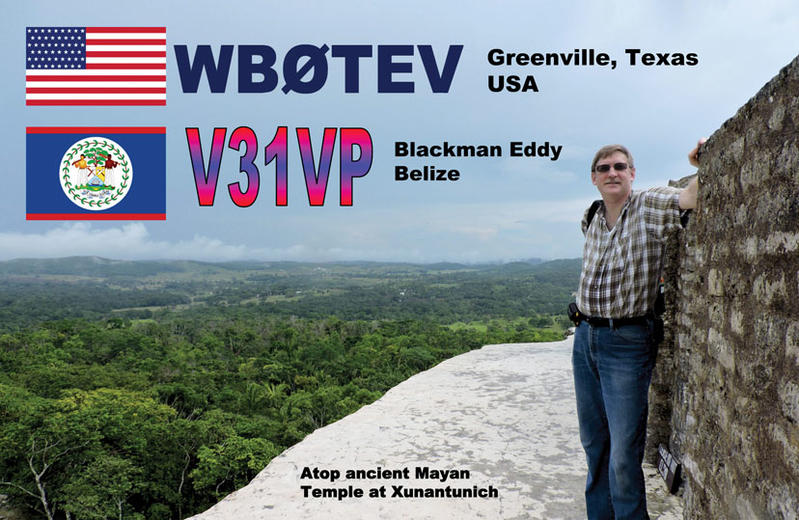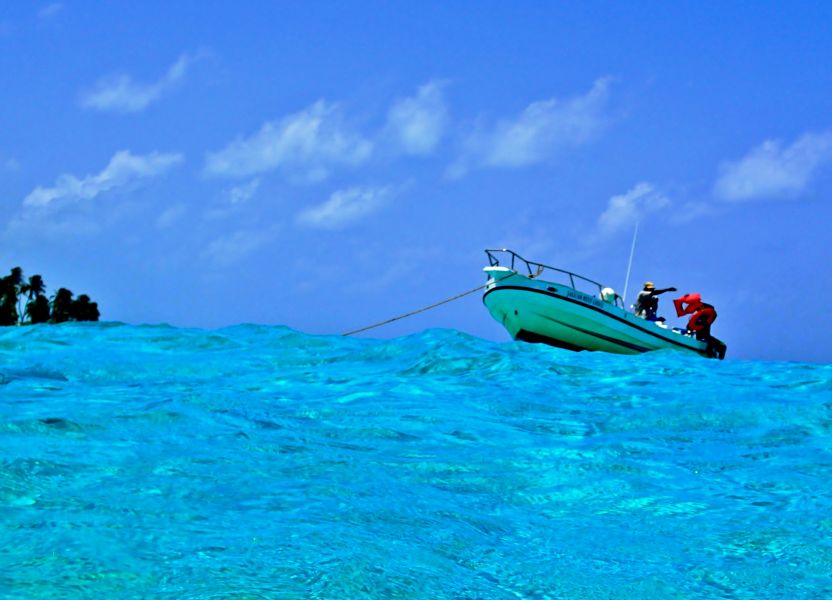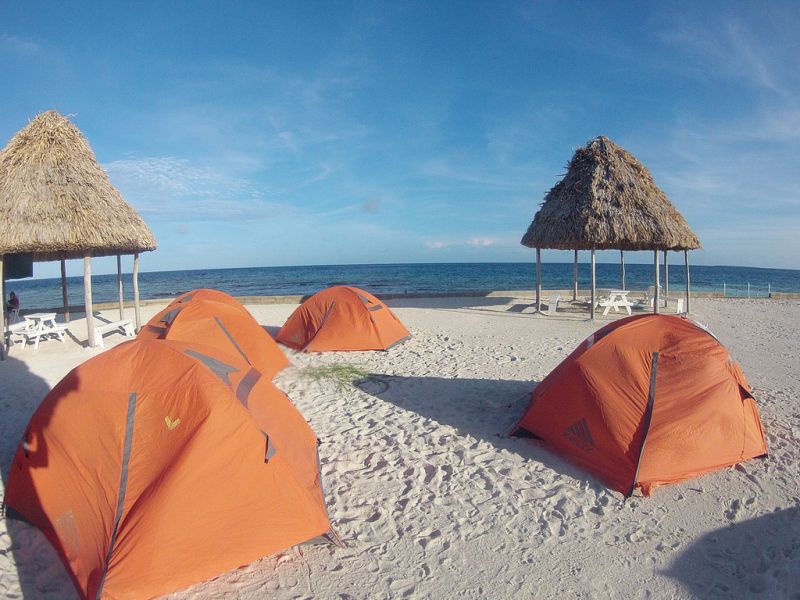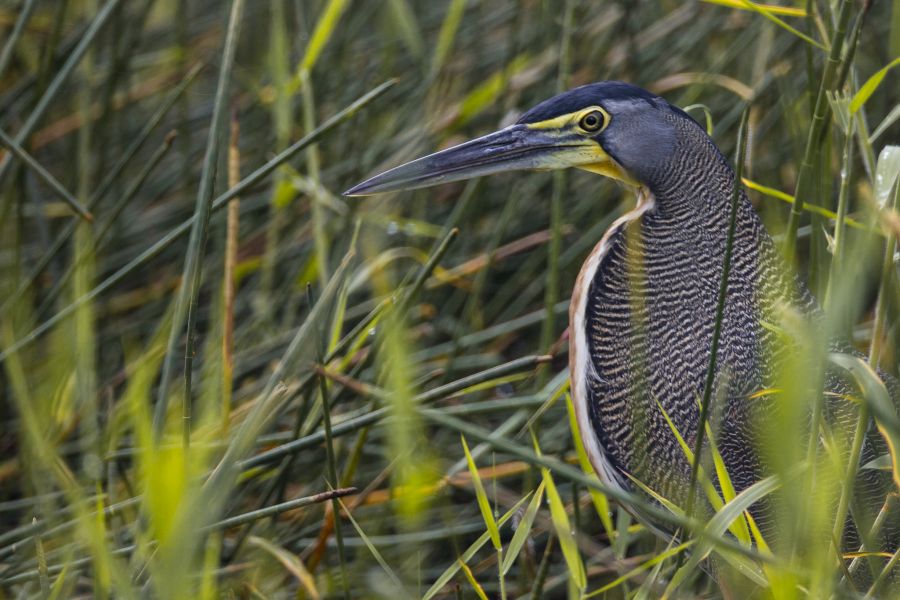Victor, WB0TEV will be active again as V31VP from Belize, in CQ WW DX SSB Contest, 25 - 26 October 2025.
He will operate in Single Operator All Band High Power Assisted Category .
Recent DX Spots V31VP
V31VP Log search QSL via home call, ClubLog OQRS, LOTW.
Ads for direct QSL:
Victor M Paul, 794 Shady Brook Rd, Greenville, TX 15402, USA.
Belize
Blue sea, islands, and evergreen jungles
Belize is a small, not very rich, but very beautiful country in Central America; it occupies part of the Caribbean coast in the southeast of the Yucatan Peninsula and many nearby islands and picturesque coral atolls. Almost the entire mainland is low-lying, covered with dense, humid tropical forests, with only a small mountain range, the Maya Mountains, in the southwest of Belize. The highest point is Mount Victoria (1,122 m), at the foot of which lie the mysterious ruins of ancient cities. The country has an area of 23,000 square kilometers and a population of just over 300,000.

Belize. V31VP QSL.
Why did a thousand-year-old civilization perish?
In the distant past, the lands of modern-day Belize and several neighboring countries (Guatemala, Honduras, southern Mexico) were inhabited by the Maya Indians. These peoples appeared in Central America 2,000 years before Christ, and Mayan culture reached its peak between the 3rd and 9th centuries AD. They did not have a unified empire, but rather separate city-states that were strong and independent, which not only competed with each other, but sometimes fought fiercely. The rulers of the cities were considered almost gods and had unlimited power.
The Maya achieved a high level of development: they knew how to build roads, stone palaces, and religious buildings that survived for dozens of centuries, they knew mathematics and astronomy, and they created a writing system and their own calendar. Many of the scientific and technical achievements of the ancient Maya amaze modern scientists. But the main mystery of history is why a civilization that had flourished for centuries suddenly and irrevocably disappeared.
It is believed that as early as the 9th-10th centuries, the Maya tribes began to leave their settled places on the plains en masse, heading for the mountains and northern regions of Yucatan. In the new territories, the settlers continued to live and build cities, but the previous development was no longer there. Historians have put forward various hypotheses for the fall of the Mayan states — primarily ecological (soil depletion and lack of drinking water) and some others (natural disasters, epidemics, or the conquest of the territory by the warlike Toltec tribes).
The Maya Indians left behind many priceless monuments hidden in the dense jungles of Belize and Guatemala. Some of the artifacts have been found and are being carefully studied, but experts believe that even more ancient structures remain unknown to this day. Archaeological excavations continue, and there is hope that many of the secrets of the Maya Indians will still be unraveled.
 Belize. Author - Suzanne Schroeter.
Belize. Author - Suzanne Schroeter.
British Honduras
At the turn of the 15th and 16th centuries, Christopher Columbus' ships reached the shores of Central America. By that time, the Mayan population had greatly diminished, and many cities had been abandoned, but the remaining Indians greeted the European conquerors with extreme hostility. The natives put up strong resistance to colonization, so it took the Spanish more than 150 years to conquer such vast lands.
In addition to the Spanish, who were unable to completely control the semi-wild shores of the Caribbean Sea, the English began to establish themselves in the 17th century in what is now Belize. At first, it was Jamaican pirates who attacked Spanish ships, but later the colonists brought in black slaves and began harvesting tropical raw materials — logwood, from which dye for textiles was extracted, and valuable redwood.
The Spanish-British rivalry continued for a long time and ended in the mid-19th century, when Great Britain officially subjugated Belize. However, at that time, the country was called British Honduras. The 1930s were the most difficult years for the British colony: demand for wood in Europe fell sharply, and the economy was on the verge of complete collapse. In addition, the country was hit by a devastating hurricane.
In 1981, British Honduras gained independence and a new name. According to one version, Belize was first named after a river — in translation from the Mayan language, it means “muddy water.” Others believe that the name came to the shores of the Caribbean Sea along with African slaves (there is a city and municipality called Belize in Angola).
 Belize. Author - Jim Mitchem.
Belize. Author - Jim Mitchem.
The Blue Hole, or “gateway to the abyss
Belize is home not only to many historical monuments, but also to rare animals, plants, and unusual natural phenomena. One of these is the Blue Hole, a true wonder of the world's oceans, located off the coast of Belize within the Mesoamerican Barrier Reef. It is an underwater karst sinkhole that became known throughout the world in 1972 when Jacques-Yves Cousteau visited it with a team of researchers on the Calypso. The brave pioneers made successful dives into the mysterious sea depression, carefully studying and examining it from the inside.
Most likely, this bizarre structure was created by the collapse of the ceiling of a large limestone cave, which is why it contains characteristic structural formations such as stalactites and stalagmites: in the distant past, the cave was above ground. The reliable facts obtained by Cousteau's team caused a real sensation and refuted the eerie rumors about a bottomless, semi-mystical sea pit that mercilessly destroys everyone who falls into it. After that, many divers were eager to experience the thrill and see the fantastic karst cavity with their own eyes. But it should not be forgotten that such a task is only possible for very experienced divers! The diameter of the perfectly round “hole” is 305 meters, and its depth is 120 meters.
 Bare-throated Tiger Heron, Belize. Author - Paul Jones.
Bare-throated Tiger Heron, Belize. Author - Paul Jones.

